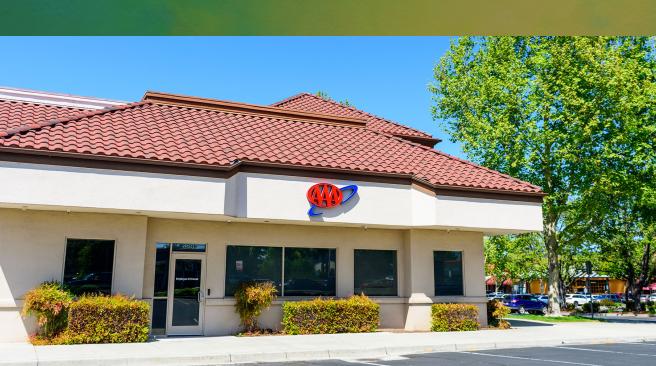Insights | By Howard Tiersky
The Parity Fallacy
One of the arguments that kill new ideas and products before they ever launch is concern that, while an innovative new product might have advantages over existing products in the market, it might not be possible to deliver that new idea in a way that also provides all the capabilities of existing products. Therefore, consumers will reject them. But this is often a fallacy.
For example, in the 90's, Kodak poo-pooed digital photography, because the resolution was noticeably less than film. Today, of course, that barrier has been met and exceeded. But even back then digital cameras became very popular in spite of not providing the same level of quality as film cameras, because they provided benefits that film cameras didn't (such as instant viewing of images.)
When Netflix started their video streaming service, they didn't have as good a picture quality as DVDs. MP3 audio was dismissed as being inferior to CD audio quality. Mobile phones still don’t have the same audio quality as "land-lines," and yet, their portability overcame signal interruptions and scratchy audio. And you may recall that when the iPhone came out, even compared to the admittedly sub-par world of cell phones, the audio quality and phone capability was considered bad. But it seems to have done pretty well.
I listen almost exclusively to XM radio while in my car, even though it completely stops working when I’m in a parking lot. FM radio never did that.
So, it's ok. The truth is it's rare for a truly innovative new product to not have some disadvantage compared to existing solutions. At FROM, we’ve worked on several projects to develop web-based interfaces that replace various companies’ legacy "green screen" systems. As vastly superior as the new graphical interfaces are too old systems that require you to memorize hundreds of cryptic codes, they can never match the pure screen loading speed of mainframe green screens -- something users actually bemoan the loss of. But in the end, the graphical interfaces are still far better.
A great insight I've heard (albeit somewhat tongue-in-cheek,) is, "If the pencil had been invented after the computer, it would have been heralded as a great leap forward in technology." After all, it requires no battery, weighs only a few ounces, has a built-in "undo" capability, and can be manufactured for just a few cents.
In fact, sometimes an innovation can be the simplification of the pre-existing generation of products. When Apple was spending a lot of money to convince people to buy the failed Newton tablet, the PalmPilot was launched -- 1/4 the size and weight, 1/4 the price, and probably less than 1/4 the power and features. But it turned out to be a more compelling value proposition, and it dominated the market for a time.
And look at what Google is doing now with Google Slides. At FROM, we’ve moved almost entirely away from PowerPoint in favor of Google because of its fantastic collaboration capabilities, and despite the fact that you can only use the fonts Google supplies! Slides also have no charts, and far fewer controls overall than PowerPoint, and yet in total, I think it’s better. (And by the way, if you’d have asked me in a focus group test before Google Slides came out whether my company would be willing to switch to a presentation tool that doesn’t allow you to use any font that you want, I’m sure I would have said 'no way!' So don’t expect customers to admit they're willing to make compromises.)
Of course, any new product must provide an aggregate value proposition that beats its current competitors — generally, a combination of features, form factor and price — but in doing so, it’s ok to leave some boxes unchecked. In some cases, in fact, doing so can be a big advantage! So, if you’re operating under this fallacy, free yourself — and the rest will follow.





